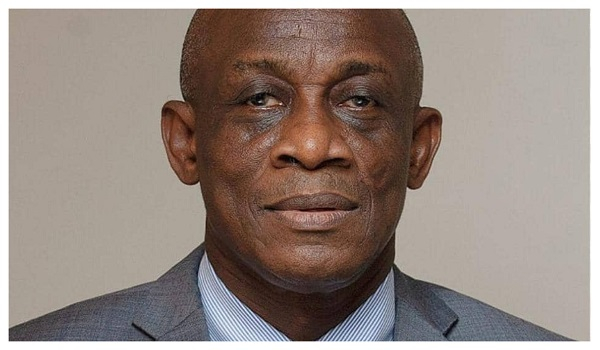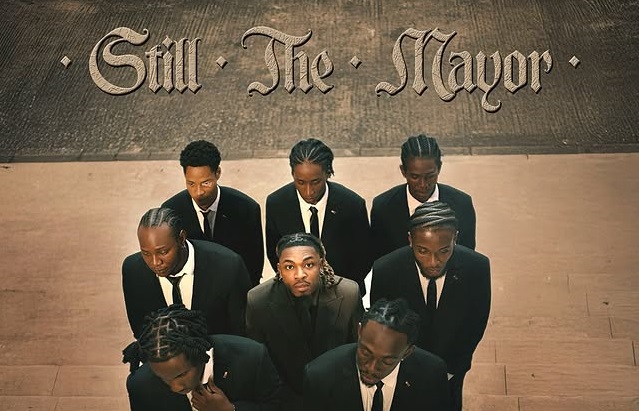The cuppa that connects us: Coffee drinking across cultures
Coffee's pop icon status is firmly established — from Starbucks' iconic Frappuccino turning 30 this year to the latest Tiktok trends leading us to try Dalgona or cloud coffee. But beyond fads, coffee has been brewed in ceremonies and sipped in salons across time and geography. Its history is steeped in colonialism; establishments serving it have also fueled revolutionary thinkers.
Today, rising global temperatures and erratic rainfall are hitting farmers hard, leading coffee prices to soar to record highs, but the beverage remains — at least for now — an intrinsic part of world culture. Here's a (non-exhaustive) look at how and why it came to be that around two billion cups of coffee are reportedly drunk daily worldwide.
Legend credits an Ethiopian goatherd named Kaldi with discovering coffee after he'd noticed his goats becoming frisky from eating red berries. While the story is likely apocryphal, coffee — namely the Arabica variety — is indeed native to Ethiopia's Kaffa region, where it still plays a ritual role.
The Ethiopian coffee ceremony, where beans are roasted over an open flame and brewed in a clay "jebena," is a moment of pause, hospitality and community.
In Senegal, "cafe Touba" — infused with Guinea pepper and cloves — originated from Islamic Sufi traditions and is both a beverage and spiritual practice.

In Turkey, unfiltered coffee brewed in a copper "cezve" is often followed by a reading of the leftover grounds, a centuries-old tradition that is still cherished, even among Turkey's Gen Zs.
In Brazil, the cafezinho — a tiny, sweet shot of coffee — is a symbol of welcome, offered everywhere from homes to street corners.
Finally in 2020, as the world hunkered down during the COVID lockdown, South Korea's Dalgona coffee — instant coffee whipped with sugar and water — exploded on TikTok. Beyond aesthetics, the trend offered people a simple, soothing ritual.
Across cultures, coffee has taken wildly inventive forms. In Nordic countries like Finland and Sweden, black boiled coffee is sometimes poured over cubes of kaffeost, or "coffee cheese," made from cow or reindeer milk. A centuries-old tradition.

Vietnam's ca phe trung (or egg coffee) blends whipped egg yolk with sweetened condensed milk — a wartime improvisation that is now ubiquitous.
Then there's Indonesia's "kopi luwak," often called the "Holy Grail of Coffees," made from partially digested beans that have been eaten and defecated by the Asian palm civet. Though prized for its smooth, fermented flavor, kopi luwak has been ethically controversial. High demand has led some producers to cage and force-feed civets. Others now promote "wild-sourced" versions from free-roaming animals, but third-party verification has been inconsistent.

Coffee didn't just travel in sacks — it traveled with trade winds, spiritual journeys and imperial ambitions.
Though discovered in Ethiopia, the earliest written evidence of coffee cultivation points to Yemen. There, it earned the Arabic term "qahwa" — originally meaning wine — which gave rise to the words coffee and cafe.
Sufi mystics drank it to maintain spiritual focus during long night chants. The port of Mocha on Yemen's Red Sea coast became a center of trade, shipping beans across the Islamic world and into Asia.

Another legend says that an Indian Sufi saint, Baba Budan, smuggled seven fertile beans from Yemen to southern India in the 17th century, defying an Arab monopoly. That act seeded coffee plantations in Karnataka's Chikmagalur region.
Soon, European colonial powers grasped the bean's potential too. The Dutch planted it in Java, the French in the Caribbean, and the Portuguese in Brazil — each expansion driven by empire and built on the backs of enslaved labor. Brazil, introduced to coffee in the 1700s, would grow into the world's largest producer.
Even Australia, a latecomer, developed a robust coffee culture. Fun fact: Both Australia and New Zealand claim to have invented the flat white in the 1980s.

Throughout history, cafes have been more than watering holes — they've been incubators of ideas, art and revolution.
In 16th-century Istanbul, authorities repeatedly tried to ban them, fearing that caffeine-fueled gatherings could spark unrest.
In Enlightenment-era Europe, cafes offered a cup of coffee and a heady dose of radical thought, frequented by thinkers like Voltaire and Rousseau.
In colonial America, coffee became a patriotic substitute for British-taxed tea. Boston's Green Dragon Tavern, dubbed the "Headquarters of the Revolution," hosted meetings of the Sons of Liberty — activists who organized resistance against British rule, particularly unfair taxation and policies that eventually led to the American Revolution.
Over the past decades, cafes have returned as a "third place" — neither home nor office, but somewhere in between. Coffeehouses have also evolved into refuges for modern life.
In the early 1990s, when home internet access was not yet widespread, many cafes started providing public internet access, which drew people to start working from those spaces.
Meanwhile, other cafe owners came up with unusual perks for their businesses.
In Taipei, the world's first cat cafe — Cat Flower Garden — opened in 1998, giving urbanites a cozy space to sip and socialize among feline companions. The trend exploded in Japan and now thrives worldwide, where the blend of caffeine and calm continues to comfort overstimulated cities.
Edited by: Elizabeth Grenier










